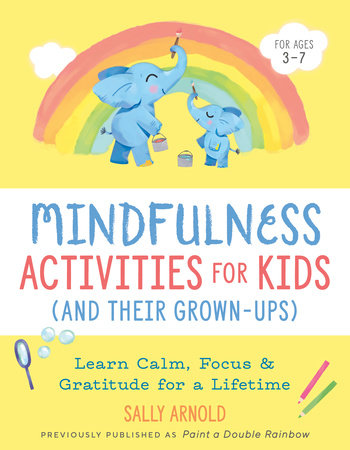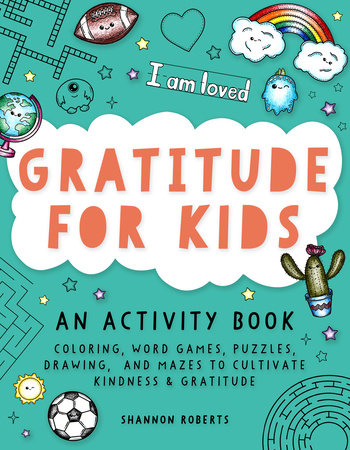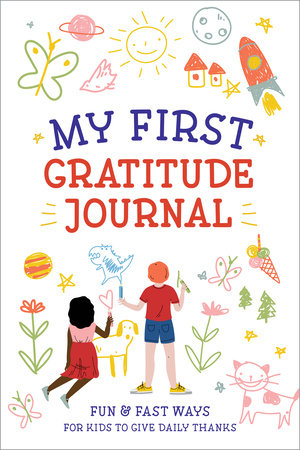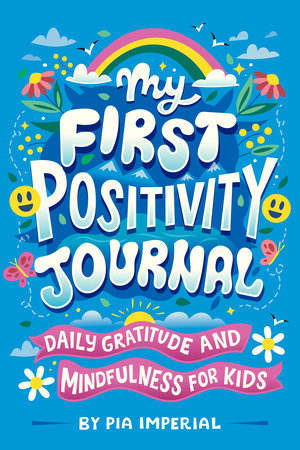7 Ways To Foster Gratitude in Kids
by Miranda Rosbach
Do you want more gratitude in your life this year? Much like any other daily habit, fostering gratitude as a daily practice becomes more ingrained into our neural pathways the more we do it. It becomes a part of who we are. Want to grow gratitude in your personal life this year? Want to share that lifelong gift with your kids? Here are a few ways to make gratitude a year-round practice.
Say it.
Is there a time of day when you gather as a family? Maybe a family cheer each morning before leaving the house or dinner together in the evening. This is your chance to ask each other, “What are you grateful for today?” For younger kids, try the peach and pit approach. What was good (drippy, delectable fruit) and not-so-good (hard, inedible pit) about your day?
Write it.
Create a family routine around journaling. Choose a day and time that works with your schedule, and keep the journals easily accessible. Put on some instrumental music and set out a snack. Grab some fancy pens and get to work. Write about your week, your dreams, or your grandma. Younger kids still mastering spelling can draw what they are grateful for. Prompts can help but aren’t required. For a beginning gratitude journal, try this one.
Observe it.
Remember the painter Bob Ross? His 30-minute landscape paintings comprised the same three elements: mountains, water, and trees. A true nature lover, Ross brought birds and little critters onto his TV program, extolling the wonder of the natural world by painting a sunset or capturing a glint of sunlight on the water. Endless opportunities for observation exist outdoors, from turning over rocks to gaze at crawling creatures or gathering ferns for a fairy crown. One of our first loves as children is the outdoors. Find time to go outside as often as possible, observing what each season offers.
Taste it.
A taste test is a fun way to connect as a family (or classroom) and learn about your tastebuds. Gather 6-7 varieties of one type of food. Things that work well include salsa, boxed brownies, ice cream, pickles, granola bars, pretzels, or anything the group enjoys eating. Disguise the labels and number each item. Have tasters rate the item on a scale and compare the results. The best part? There are no losers in this game!
Smell it.
Like the taste test, my kids loved smelling (and guessing) various items in brown paper bags. In warmer weather, you can use items from the garden, like roses, lilacs, and grass clippings. Items like cinnamon, cloves, garlic, lemon zest, and vinegar work well in the winter. Use a blindfold and write down your guess. Focusing on one sensory input at a time creates a keen awareness and gratitude for our amazing bodies.
Share it.
As a child, after each birthday and Christmas, my mom sat us down, and we wrote thank-you notes to the people who gave us gifts. It was a simple practice, but it stayed with me my entire life. Have a job interview? Write a note of appreciation. Love your librarian? Tell them! One year, I made a goal to write 52 thank-you notes to friends, strangers, and people in my community. While none of them knew they were part of my project, I felt joy in actively looking for people to thank throughout the year.
Keep Practicing.
Humans are creatures of habit. Like anything else, the more we practice gratitude, the more it becomes ingrained in our lives. Find yourself getting huffy in traffic? Think about how grateful you are to have a car and money to pay for car insurance and fuel. Gratitude is a gift we give to ourselves and others throughout life. We should use it well and often.
-
Gratitude Journals:
-

Mindfulness Activities for Kids (And Their Grown-ups)
Preorder from:Gratitude for Kids
Also available from:My First Gratitude Journal
Also available from:My First Prayer and Gratitude Journal
Also available from: -
My First Positivity Journal
Also available from:Brave, Kind, and Grateful
Also available from:






